Partners learn to perform basic manipulation techniques

Cleveland Clinic is a non-profit academic medical center. Advertising on our site helps support our mission. We do not endorse non-Cleveland Clinic products or services. Policy
Back pain during pregnancy is very common, yet most cases continue to go unaddressed or are inadequately addressed. It is time to change that reality.
Cleveland Clinic’s Center for Spine Health recently began offering a distinctive approach to this challenge: shared medical appointments (SMAs) for pregnant women with low back pain. A centerpiece of the SMAs’ appeal and effectiveness is that they include and train husbands (or partners). As more than one pregnant patient has told me with a smile, “Who better to help reduce my pain than the man who got me into this in the first place?”
Back and pelvic pain have come to be expected by pregnant women. The statistics are stark:
Low back pain alone or in combination with pelvic pain is the major source of severe musculoskeletal pain in pregnant women. Ninety percent of the reports of severe pain in the large study mentioned above involved low back pain.2
The highest intensity of pain in pregnant women is in the low back and sacroiliac joints. Low back and sacroiliac pain in this setting is believed to be caused by a combination of biomechanical factors that yield abnormal loading on muscles and joints and behavioral factors related to inadequate patient coping strategies.
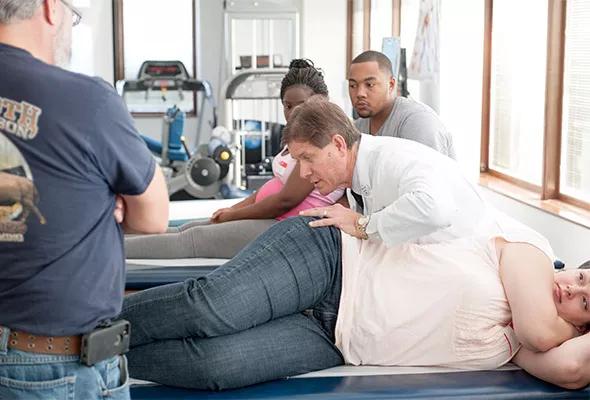
Figure 1. Dr. Wilson instructing couples in the myofascial sacral release.
Although research on the use of spinal manipulation to reduce pregnancy-related low back pain has been limited, there is evidence that manipulation can be effective in this setting. For instance, a recent study comparing conservative obstetric treatment (exercise, heat and acetaminophen) with chiropractic manipulation, education and stabilization exercises among pregnant women (24 to 28 weeks’ gestation, with follow-up at 33 weeks) found significant reductions in pain in the group that received manipulation but not in those receiving conservative care.3
I have been using osteopathic manipulation to treat pregnant women with low back pain for more than 10 years, employing it for more than 600 pregnant patients to date. I use gentle muscle energy and myofascial techniques and avoid more aggressive high-velocity, low-amplitude (HVLA) techniques. In my experience, osteopathic manipulation with pelvic exercises reduces low back and sacroiliac pain for two weeks, on average, in this patient group.
Approximately four years ago, I started teaching some of these gentle techniques to pregnant patients’ husbands/partners to see if doing so would extend patients’ period of pain relief. I have found that many partners are able to reduce their pregnant partners’ low back and sacroiliac pain in this way.
Building on that progress, I have started an SMA program for pregnant women with low back and pelvic pain along with their spouses/partners. SMAs are group appointments with patients who have similar medical problems. Offering educational sessions to similar patients who meet and ask questions in a group setting can save time and improve access to care.
In my SMAs for pregnant women and their partners, I examine each patient individually in a private exam room, screening for more serious causes of low back and leg pain while a physical therapist discusses causes of pain with the patient and her partner. Because herniated disks are seen in only 1 in 10,000 pregnant women, screening exams usually reveal patients’ pain to be biomechanical.
The rest of the two-hour SMA is conducted as a group session in which I teach the pregnant women and their partners anatomic landmarks and a few gentle osteopathic manipulation techniques on tables in the physical therapy suite.
The techniques and positions I currently teach have been refined over several years to identify those that have proved most effective while remaining gentle. Examples include the myofascial release to the sacrum and leg traction to the posterior pelvis, as illustrated in the photos. The partners are taught how to diagnose pelvic imbalance by looking at leg length while their partner is in a supine position in bed. The force used for the pelvic manipulation is applied by the pregnant patient with her partner resisting, which reduces the risk of injury.
When done correctly, the techniques are not difficult for the husbands/partners to perform, and patients consistently tell me these techniques feel good while they are being done to them ‒ even by their partners’ novice hands. No injuries have been reported to me to date.
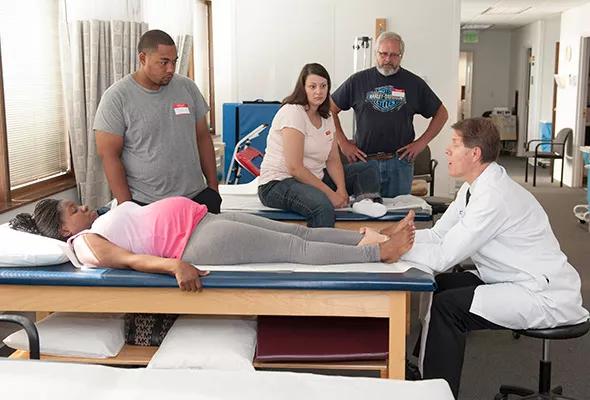
Figure 2. Dr. Wilson instructing couples in a technique for leg traction to the posterior pelvis.
I have so far treated up to four couples during a single SMA, with a limit of six couples per appointment. We currently schedule one SMA a month, on Saturday mornings, when both members of a couple are more available and our physical therapy suite is free. We envision offering SMAs every other Saturday if we continue achieving good results.
So far, several women have reported their partners have been able to reduce their low back and pelvic pain using techniques from the SMA. As I record patients’ pain levels (on a visual analog scale) at each visit, I plan to report results for SMA-managed patients in the future.
To my knowledge, this is the first SMA program that teaches husbands/partners how to use spinal manipulation to treat their pregnant partners with back and pelvic pain. It is still early in the SMAs’ evolution, but I am confident that this new approach will help keep pregnant women with back pain more comfortable while enhancing their partners’ involvement in the pregnancy.
Fredrick Wilson, DO, is a medical spine specialist in Cleveland Clinic’s Center for Spine Health.
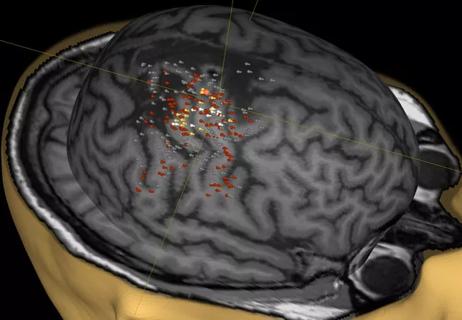
A noninvasive approach to map eloquent areas before surgery
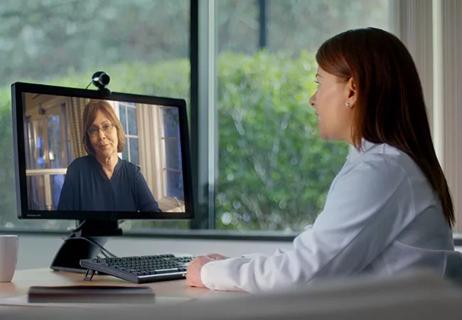
Physician reimbursement policy experts join forces with IT and coders to enable digital transformation
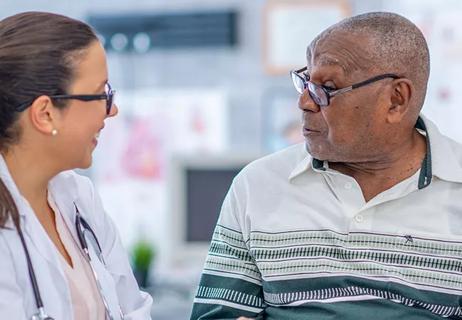
Minority Stroke Program focuses on outreach to racial and ethnic minority communities
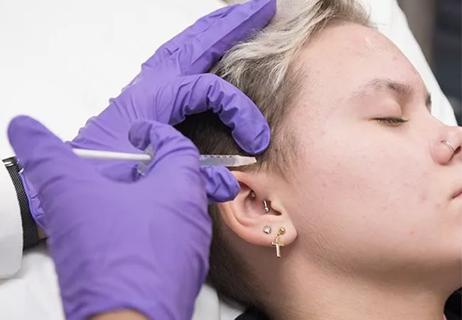
Excellent response seen with ongoing use in patients as young as 11

Q&A with a psychiatrist in Cleveland Clinic’s Transgender Surgery and Medicine Program

Time constraints, language barriers, substance misuse, mood disorders targeted for improvements
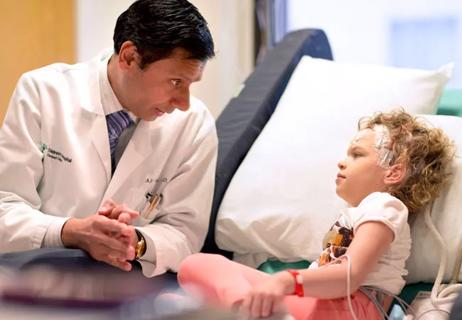
Project draws $1.6M to leverage telemedicine to create medical home, ease transition to adult care
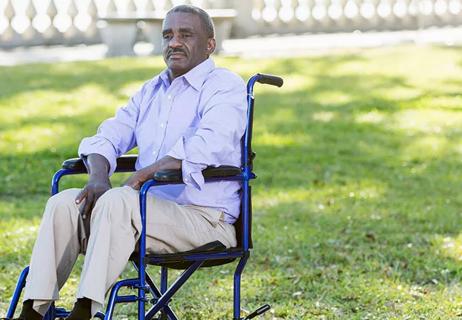
Comorbid depression is only one of the likely warning signs